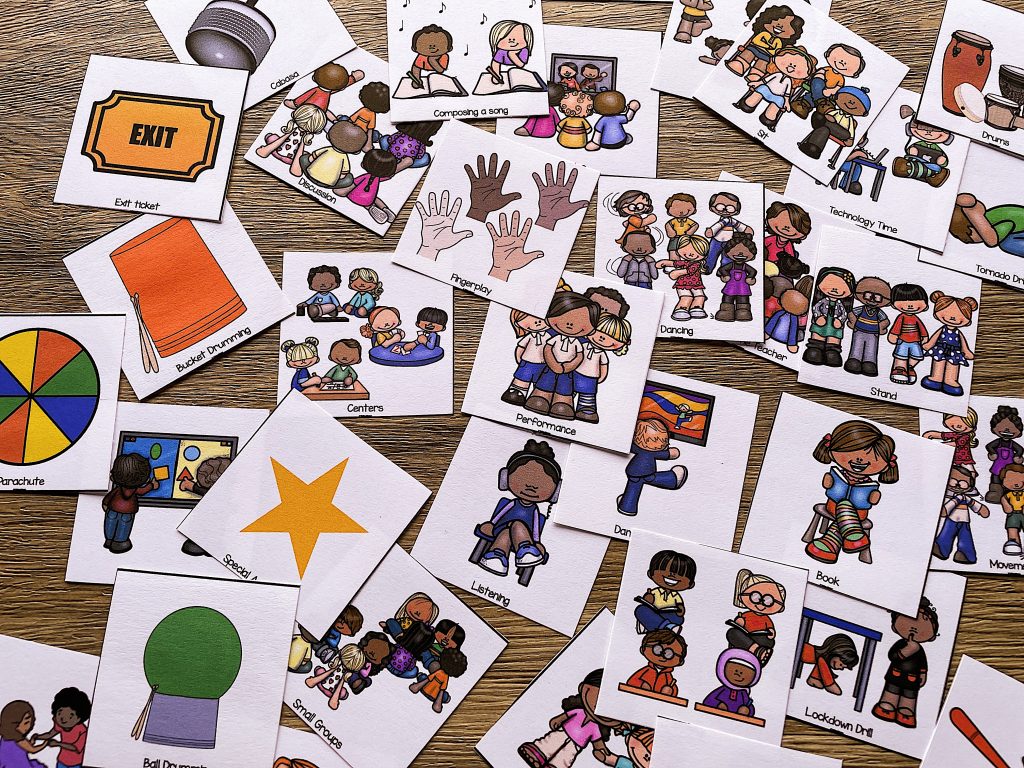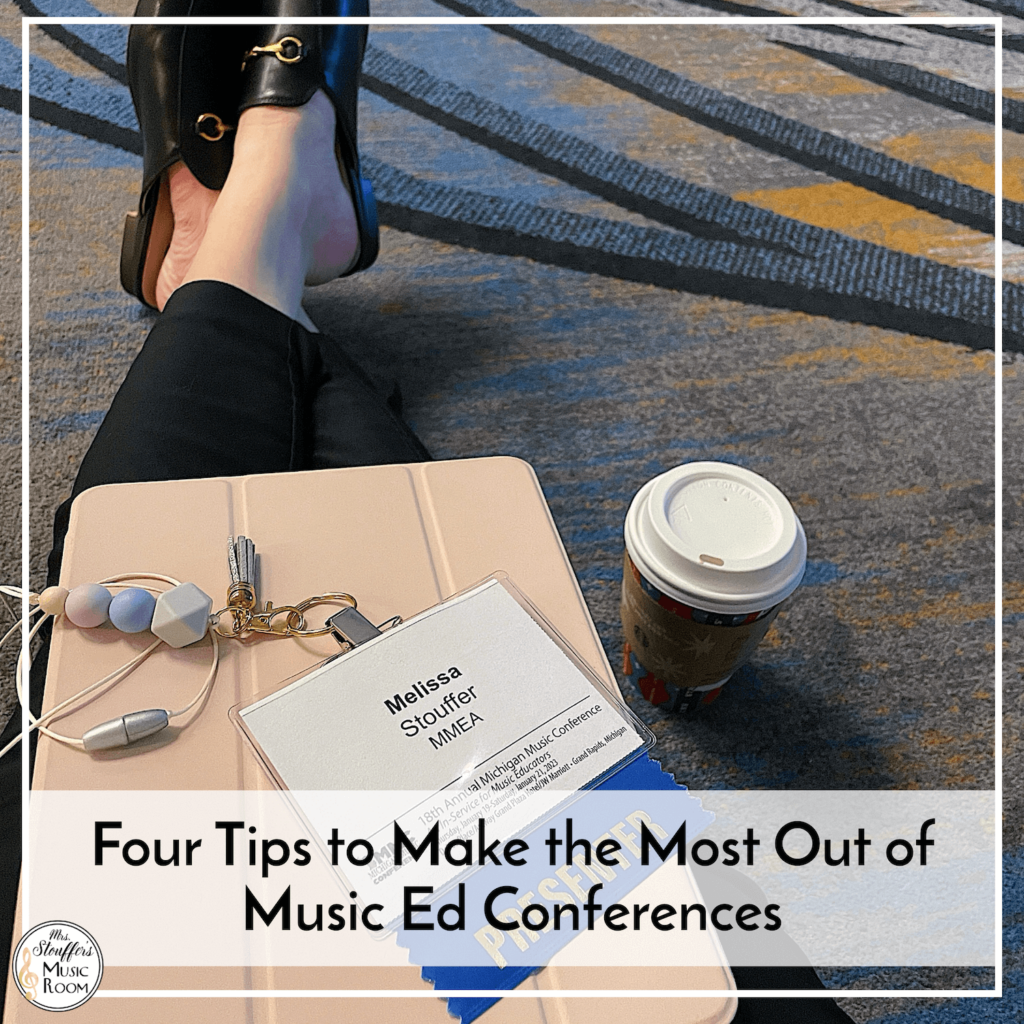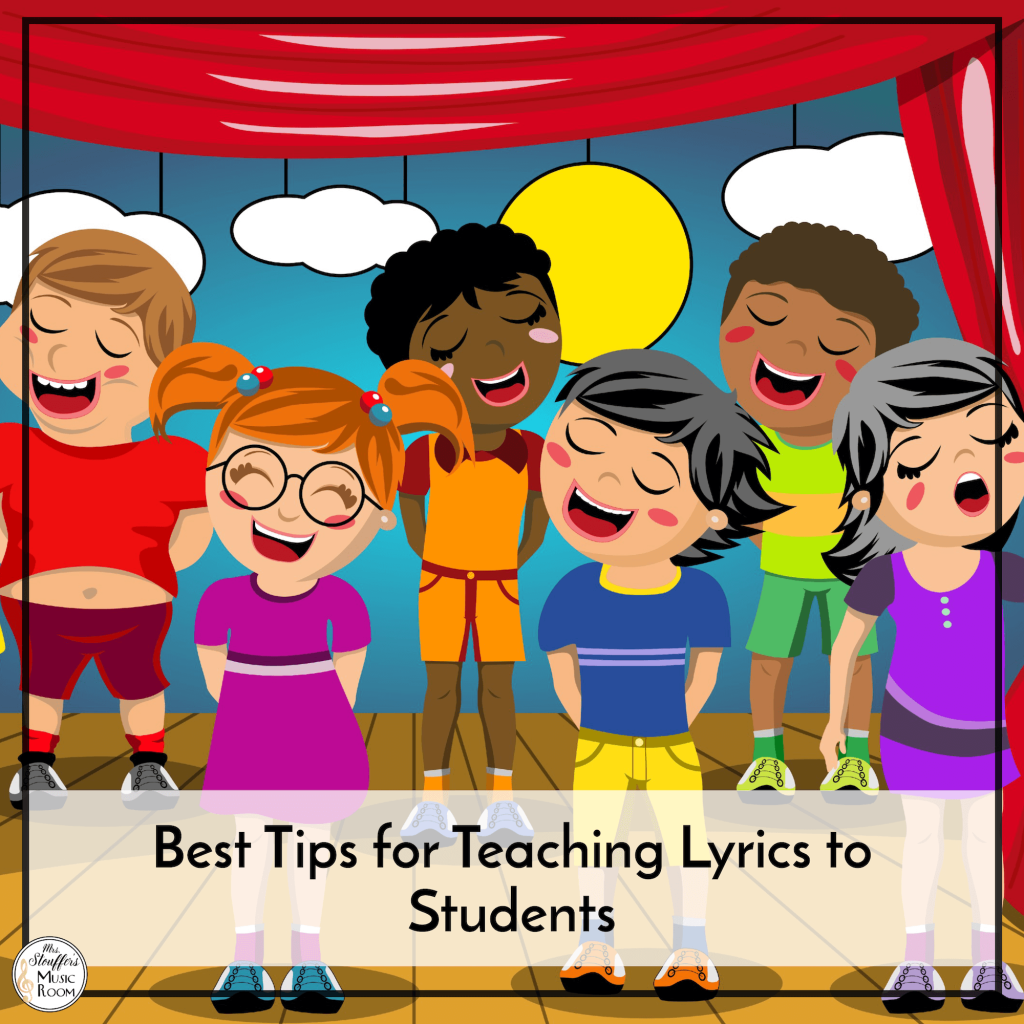Classroom management is what makes or breaks your class. You’ll never get as much done with a class that can’t listen to directions, and you’ll ultimately feel frustrated why things break down. So many of the issues we can have as teachers is directly related to classroom management. As music teachers, we have students for several years in a row. This means that if we don’t get a hold of managing behaviors with the young students, we’ll never have a grip when they are older.

Here’s a breakdown of some of the best classroom management tips from music teachers.
– It’s about the relationships
The work we do to build relationships with our students is the most important part of the puzzle. We need to get to know students, help them grow, and allow them to make mistakes. No one has perfect behavior all the time. Reminders, being a firm but loving teacher, and taking time to get to know your students (and letting them get to know you!) is an important part of classroom management.
– Set expectations
This seems pretty simple, but it isn’t. It can be for everything you do. Be quiet during a drill. Keep your hands to yourself. Walk into the room, don’t run. Walk around instruments, not over. This is really about setting procedures and teaching students what you expect from them in all situations. Here’s a free download of procedures that might help you out.
– Don’t yell
You are loud, the students will be loud. If you yell, they will talk louder. Some of the most in control teachers are the ones that speak with a quiet voice and demand student attention. (I’m doomed.) If there is an issue that actually deserves yelling, it will be far and few between (ex: a fight breaks out over an ocean drum). If you yell, chances are, students will learn to tune that out. Using a quieter voice demands their attention.
– Wait for them to meet expectations
Don’t tell students to stop talking, and then immediately move on before they have met that expectation. They will learn that they don’t need to meet those expectations from you. Wait for them to stop talking, playing, let go, or whatever else the direction is before moving on.
– Eliminate Teacher Talk
Talk less, demonstrate more. Also, like me, if you ramble, you’ll lose their interest.
– Restart
If it starts terribly, they are talking, bickering about something from the classroom or just having a rough day, restart. Walk them out the in the hallway, let them get centered, quieted and take a breath. Remind them to leave whatever it is outside and this is a fresh start. Start over. Nothing wrong with using the reset button.
– Bye Bye Bye….Clip Chart
Imagine your admin had a clip chart in her office or the teachers’ lounge, and moved your clip based on what you did during the day. If you raised your voice, if you missed something, if you had a moment you were off. All of your mis-steps on display for all the other teachers to see.
Clip charts create anxiety, and use peer pressure and embarrassment to demand behavior. Public shaming of children is a sad path to go down.
What if you are the child that can’t sit still and crawls on the floor pushing a pencil in class because you are bored (me), or doesn’t ever stop talking (also me)? Yes, my mom really got the story about me crawling across my classroom during her parent teacher conferences when I was in first grade. But my AMAZING teacher let me stand at my desk instead of moving a clip down showing that I was a “bad” kid. Instead of internalizing that I had bad behavior, I was able to move more and learned that sometimes it’s alright to not sit at a desk.
Now that you’ve got the image of me crawling across my classroom in first grade, think about how damaging internalizing that “bad” behavior can be. Relationships build good behavior. Not shame.
– Take Control
You are not the classroom teacher. Some classes the teacher doesn’t mind blurting out, or getting up and walking out the door to go to the restroom without telling you. If they don’t have control over certain behaviors, it doesn’t mean that you can’t. Back to those expectations, it’s important to set them and stick to them. If you have a chatty class because the teacher lets them be chatty, you’ll either have to adapt, or help them abide by your expectations.
– Visual Schedule
This is a really great idea. Not only is it important for students that may have ADHD, or ASD, but it also helps all your students regulate themselves. It helps them know what is next, and plan for things that are coming. It helps you and the students manage time.
This set has everything you need to make a visual schedule for the music room! Includes 112 common activities for music class, and instruments in three different sizes so you can use it the way you need it.

– No Warnings Policy
Don’t get me wrong. I would much rather give a student a warning and absolutely use them for small things. BUT….
Chase games, tug of war games, and ‘dangerous’ games…
If there is a game that I could see someone tackling another student to catch them, or pushing them as part of the tag because they are a competitive kid, I remind students that for those games there is a no warning policy. This is great for games like Naughty Kitty Cat, Our Old Sow, Hogs in the Cornfield, etc. “If I see you do something that is unsafe, that could hurt you or another student, you will sit out.” Define what you mean because they may not know. This is usually my one HUGE non-negotiable that I hold my students on. Everyone makes mistakes, but unsafe mistakes are a larger offense in my classroom.
Depending on the students, and the age, it may be a few repetitions or 5 minutes, or if it’s a big problem in your 5th grade class, or middle school general music, then it’s may have to be the rest of the game. Definitely make your best judgement on this one. If you have them sit out for only a few minutes, ask them to remind them verbally about what the safe choices, are and let them decide if they are ready to go back in.
– Follow through
This is the big one that is really hard. We can have rules and everything set up, but if we don’t enforce them, then who is holding the students accountable? We have to do it. It may suck, it hurts when it’s a kid that needs that extra TLC, and when it’s a whole class, that’s rough. If it’s 3 unsafe choices during a game and it’s over, then abide by it no matter how much your lesson plan will suffer, or if it creates more work for you.
I hope that these tips help you out.







Thanks for these great reminders. Even after teaching for many years, some days I fall short and need to refocus. These are great words that we all need to read once a week!
Also, thank you for all the book suggestions you have be sending out. They really helped me during online learning 🙂
So glad this has been helpful!
Thank you! This was amazing! Let me suggest another one that works so well in primary classes. It is called Secret Student. Before the class starts you write student’s name on a piece of paper, put it in your pocket and don’t tell who’s name is written on the paper. During the lesson you observe your secret student’s (SS) behaviour. The secret is – since they don’t know who is your SS, they all try their best 🙂 At the end of the lesson you announce the name by showing the paper and give out sticker / house points / award or anything you prefer. In case you SS has behaved poorly, you don’t announce the SS’s name. Simply say – I will not announce the name today.
🎹🍎👩🏫
Yes! I completely forgot about Secret Student. I’ve done that before. I like that because you aren’t actually calling out a student.
Thank you so much for these reminders! I need to read them every day!
Bye, bye clip chart is so relatable! Having a clip chart in classrooms can make students feel intimidated. Thank you so much for sharing this article.
<3 YES!